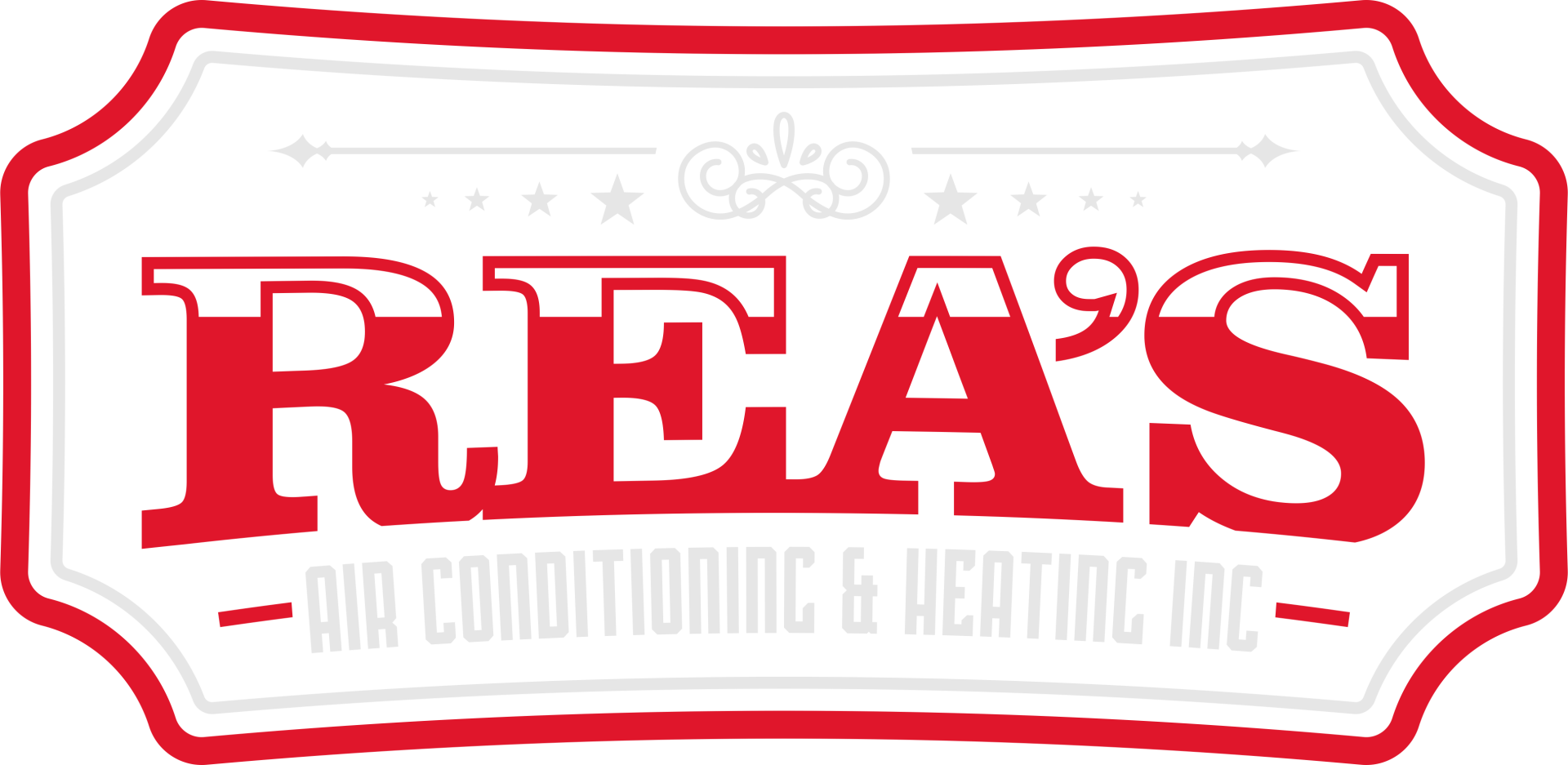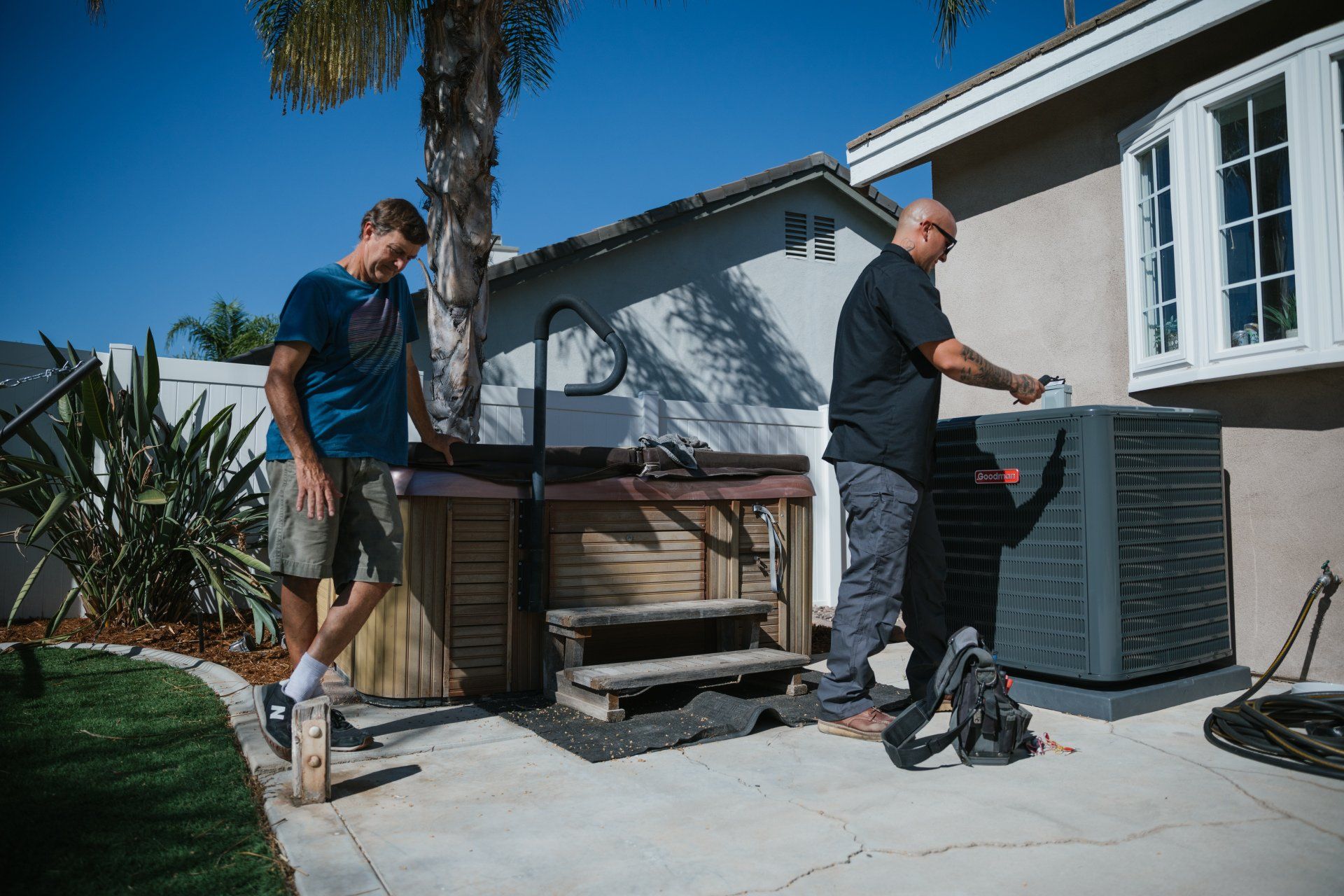Reducing Your Carbon Footprint with Eco-Friendly HVAC Solutions
With climate change becoming a pressing issue, more homeowners are looking for ways to reduce their environmental impact. Heating, ventilation, and air conditioning (HVAC) systems are among the largest energy consumers in most homes, meaning they play a significant role in our overall carbon footprint. Fortunately, several eco-friendly solutions and practices can make HVAC systems more sustainable while also potentially saving you money on energy bills.
1. Upgrade to Energy-Efficient HVAC Equipment
Investing in energy-efficient equipment is one of the most effective ways to make your HVAC system more eco-friendly. Look for systems with high energy-efficiency ratings, which consume less energy and produce fewer emissions.
- Choose ENERGY STAR® Certified Systems: HVAC systems with the ENERGY STAR label meet strict energy efficiency guidelines set by the U.S. Environmental Protection Agency. These systems consume less electricity and can significantly reduce your carbon footprint.
- Consider Heat Pumps: Heat pumps, including air-source and geothermal models, are highly efficient for heating and cooling. They transfer heat rather than generate it, which makes them more efficient than traditional furnaces or air conditioners. Geothermal heat pumps are especially eco-friendly, using the stable underground temperature to heat and cool your home.
- Look for High SEER and AFUE Ratings: SEER (Seasonal Energy Efficiency Ratio) and AFUE (Annual Fuel Utilization Efficiency) ratings indicate the energy efficiency of air conditioners and furnaces, respectively. The higher the SEER or AFUE rating, the more efficient the system. A SEER rating of 16 or higher for air conditioners is considered efficient, while furnaces with an AFUE of 90% or higher are preferred for sustainability.
2. Install a Smart Thermostat
Smart thermostats offer a simple way to make your HVAC system more eco-friendly. By optimizing heating and cooling patterns based on your habits, these devices help reduce energy waste, ensuring your system only runs when needed.
- Remote Control and Scheduling: With a smart thermostat, you can control your HVAC system remotely via a smartphone app, allowing you to adjust temperatures even when you're away. Many models allow you to create schedules based on your daily routines, so you’re not heating or cooling an empty home.
- Learning Capabilities: Many smart thermostats "learn" your preferences over time and automatically adjust settings for maximum efficiency. For example, they may reduce heating or cooling at night when everyone is asleep or the house is empty.
- Energy Reports: Some smart thermostats provide insights into your energy consumption, helping you identify ways to reduce your usage and carbon footprint further.
3. Embrace Proper Insulation and Sealing
Poor insulation and leaky windows or doors make your HVAC system work harder, consuming more energy and increasing your carbon footprint. Proper insulation and sealing help maintain a stable indoor temperature, reducing the load on your HVAC system.
- Insulate Key Areas: Ensure your attic, walls, and floors are properly insulated. Insulation helps retain heat during the winter and keeps your home cool in the summer, making your HVAC system more efficient.
- Seal Gaps and Cracks: Seal gaps or cracks around windows, doors, and ductwork to prevent air leakage. Weatherstripping and caulking are effective, affordable ways to improve insulation and reduce energy loss.
4. Prioritize Regular HVAC Maintenance
Regular maintenance is essential for keeping your HVAC system running efficiently. A well-maintained system consumes less energy and produces fewer emissions, extending the lifespan of your equipment.
- Change Air Filters Regularly: Dirty filters restrict airflow, forcing your HVAC system to work harder. Replacing filters every 1-3 months can improve system efficiency, enhance indoor air quality, and lower energy consumption.
- Clean and Inspect Coils and Fins: Dust and debris on the condenser and evaporator coils reduce your system's efficiency. Clean the coils at least once a year to ensure they can effectively transfer heat.
- Schedule Annual Tune-Ups: Hire a professional HVAC technician to perform annual tune-ups on your system. Regular inspections can identify potential issues early, ensuring your system operates efficiently.
5. Use Alternative Energy Sources
Switching to renewable energy sources, like solar or wind, can make your HVAC system significantly more eco-friendly. Renewable energy reduces reliance on fossil fuels, cutting down your carbon emissions.
- Solar Power: Installing solar panels can allow your HVAC system to run on clean, renewable energy. Many states offer incentives and tax credits for solar panel installation, which can help offset the upfront cost.
- Solar-Powered HVAC Systems: Some manufacturers offer solar-powered systems that directly use energy from solar panels. These systems can provide heating and cooling without relying on the grid, making them one of the greenest HVAC solutions.
6. Optimize Ventilation
Proper ventilation can help regulate indoor temperatures naturally, reducing the need for artificial heating or cooling. Optimizing your ventilation system can help reduce your HVAC system’s workload and decrease energy consumption.
- Install Energy Recovery Ventilators (ERVs): ERVs bring in fresh air while minimizing energy loss. They recover the energy from exhausted indoor air and transfer it to incoming fresh air, providing efficient ventilation without sacrificing energy efficiency.
- Use Ceiling Fans: Ceiling fans can improve air circulation and help keep your home comfortable. During the summer, set the fan to spin counterclockwise to create a cooling effect. In winter, reverse the direction to push warm air down from the ceiling.
- Take Advantage of Natural Ventilation: During cooler months, open windows and doors to allow fresh air to flow through your home. This can help reduce the need for cooling and improve indoor air quality.
7. Adopt Energy-Saving Habits
Small changes in your daily habits can add to significant energy savings over time, reducing your carbon footprint and utility bills.
- Adjust Your Thermostat: During the summer, set your thermostat to a slightly higher temperature (around 78°F) when you’re home, and even higher when you’re away. In the winter, set it lower (around 68°F) while you’re home and bundle up with blankets or warm clothes.
- Close Blinds and Curtains: In the summer, keep blinds or curtains closed during the hottest part of the day to block out sunlight and reduce cooling needs. In the winter, open them during the day to allow sunlight to naturally warm your home.
- Avoid Using Heat-Generating Appliances: Avoid using heat-producing appliances (like ovens and dryers) during the hottest part of the day in the summer. This can reduce the need for cooling.
Conclusion
Reducing your carbon footprint through eco-friendly HVAC solutions is a win-win for the environment and your wallet. By upgrading to energy-efficient equipment, embracing smart technology, improving insulation, and adopting sustainable practices, you can significantly decrease the environmental impact of your HVAC system. Not only will these steps help you save on energy costs, but they will also make your home a healthier and more comfortable place to live.
By making these eco-conscious choices, you can take meaningful action toward a more sustainable future, ensuring that your home remains comfortable while minimizing its impact on the planet.






